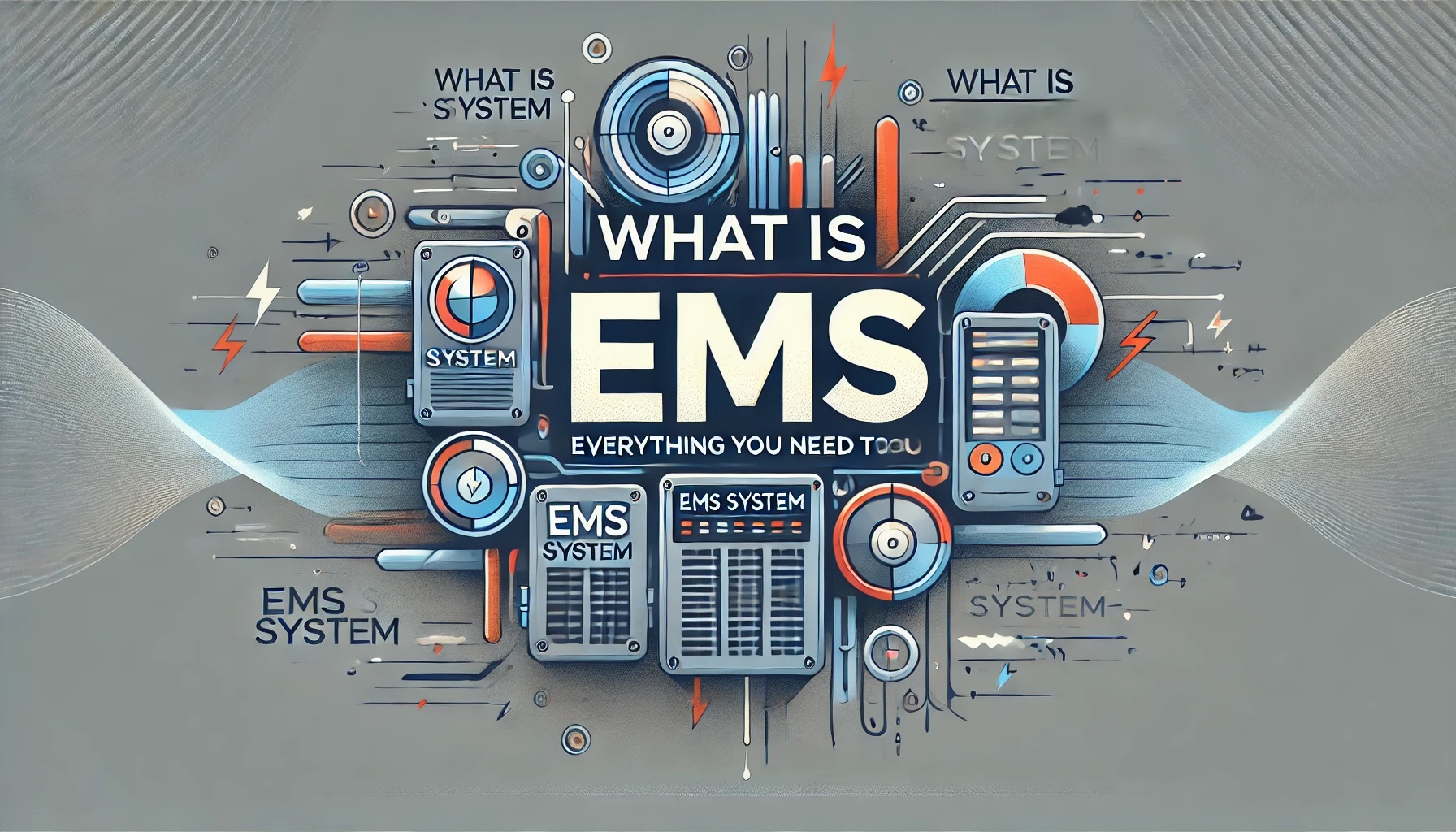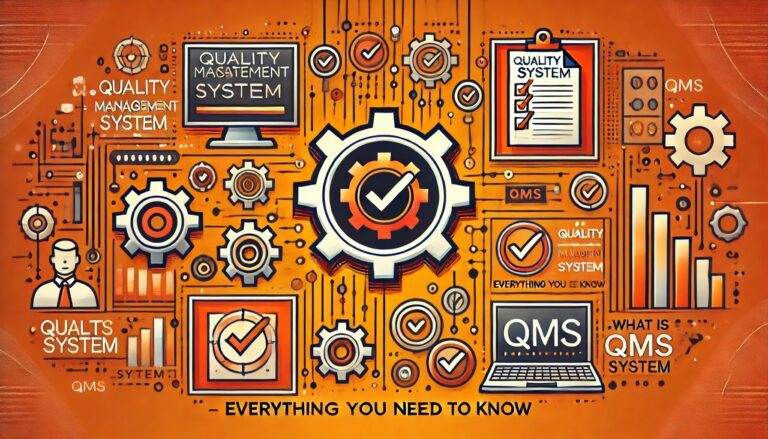Introduction
In today’s fast-paced industrial landscape, businesses across India are increasingly turning to advanced systems to streamline operations, ensure compliance with environmental regulations, and enhance overall efficiency. One such critical system that plays a pivotal role in achieving these objectives is the Environmental Management System (EMS). Designed to manage and monitor environmental aspects of organizational activities, an EMS System is not just a regulatory requirement but a strategic tool for sustainable development.
Understanding EMS System: A Comprehensive Overview
Definition and Purpose
An EMS can be defined as a structured framework that enables organizations to systematically manage environmental impacts resulting from their operations. It encompasses policies, procedures, plans, and practices aimed at minimizing negative environmental effects while maximizing positive impacts. The primary purpose of an EMS System is to achieve continual improvement in environmental performance and compliance with legal and other requirements.
Key Components of an EMS System
Environmental Policy:
Central to any EMS System is a well-defined environmental policy statement endorsed by top management. This policy sets the organization’s commitment to environmental protection and provides a framework for setting and reviewing environmental objectives and targets.
Planning:
This phase involves identifying environmental aspects, assessing their impacts, and establishing objectives and targets for improvement. It also includes developing actionable plans and allocating resources to achieve these goals.
Implementation and Operation:
Here, the organization implements the plans and integrates environmental management into daily operations. This phase includes training employees, establishing communication channels, and ensuring compliance with procedures.
Monitoring and Evaluation:
Continuous monitoring and measurement of key performance indicators (KPIs) are essential to track progress toward environmental objectives. Regular audits and management reviews ensure the effectiveness of the EMS and identify areas for improvement.
Continuous Improvement:
Based on evaluation results, organizations take corrective and preventive actions to enhance the EMS’s performance continually. This iterative process drives ongoing improvement in environmental sustainability.
Importance of EMS System in the Indian Context
India, with its rapid industrialization and growing environmental concerns, faces unique challenges that necessitate robust environmental management practices. The adoption of EMS System is particularly crucial for several reasons:
Regulatory Compliance:
Compliance with environmental laws and regulations in India is stringent and requires businesses to adhere to prescribed standards for emissions, waste management, water usage, and more. An EMS helps organizations systematically meet these legal obligations and mitigate associated risks.
Resource Efficiency:
Effective environmental management through EMS can lead to significant resource savings, including energy, water, and raw materials. This efficiency not only reduces operational costs but also enhances sustainability credentials.
Stakeholder Expectations:
Consumers, investors, and communities increasingly prioritize environmental responsibility when engaging with businesses. An EMS demonstrates a company’s commitment to sustainability, fostering trust and enhancing reputation.
Risk Mitigation:
Environmental incidents, such as pollution or non-compliance, can result in legal penalties, operational disruptions, and reputational damage. An EMS proactively identifies and mitigates such risks, minimizing potential adverse impacts.
Case Studies: Successful Implementation of EMS in India
Tata Steel’s Sustainability Initiatives:
Tata Steel has integrated robust EMS across its operations, focusing on reducing carbon footprint, optimizing water use, and enhancing biodiversity conservation. Their efforts have not only improved environmental performance but also positioned them as a leader in sustainable steel production.
Infosys’ Green Initiatives:
Infosys, a global IT services company, has implemented an EMS that incorporates energy-efficient technologies, waste reduction programs, and sustainable building designs. Their commitment to environmental stewardship has earned them accolades and industry recognition.
Future Trends and Challenges
Digital Transformation:
The integration of digital technologies, such as IoT (Internet of Things) and AI (Artificial Intelligence), into EMS is poised to revolutionize environmental management. Real-time monitoring, predictive analytics, and automated reporting will enhance efficiency and effectiveness.
Circular Economy:
Embracing circular economy principles, where resources are reused, recycled, or repurposed, will become increasingly integral to EMS strategies. This shift aims to minimize waste generation and maximize resource efficiency.
Addressing Climate Change:
With India’s commitment to reducing carbon emissions under global climate agreements, EMS will play a pivotal role in helping industries transition to low-carbon operations and adapt to climate-related risks.
Conclusion
In conclusion, an Environmental Management System (EMS) is not merely a compliance requirement but a strategic imperative for businesses operating in India’s dynamic industrial landscape. By adopting an EMS System, organizations can achieve sustainable growth, enhance operational efficiency, mitigate risks, and demonstrate environmental stewardship. As India continues on its path of economic development, the role of EMS in fostering sustainable practices and meeting global environmental standards will only grow more significant. Through proactive implementation and continuous improvement, businesses can pave the way for a greener, more sustainable future while contributing positively to society and the environment.








